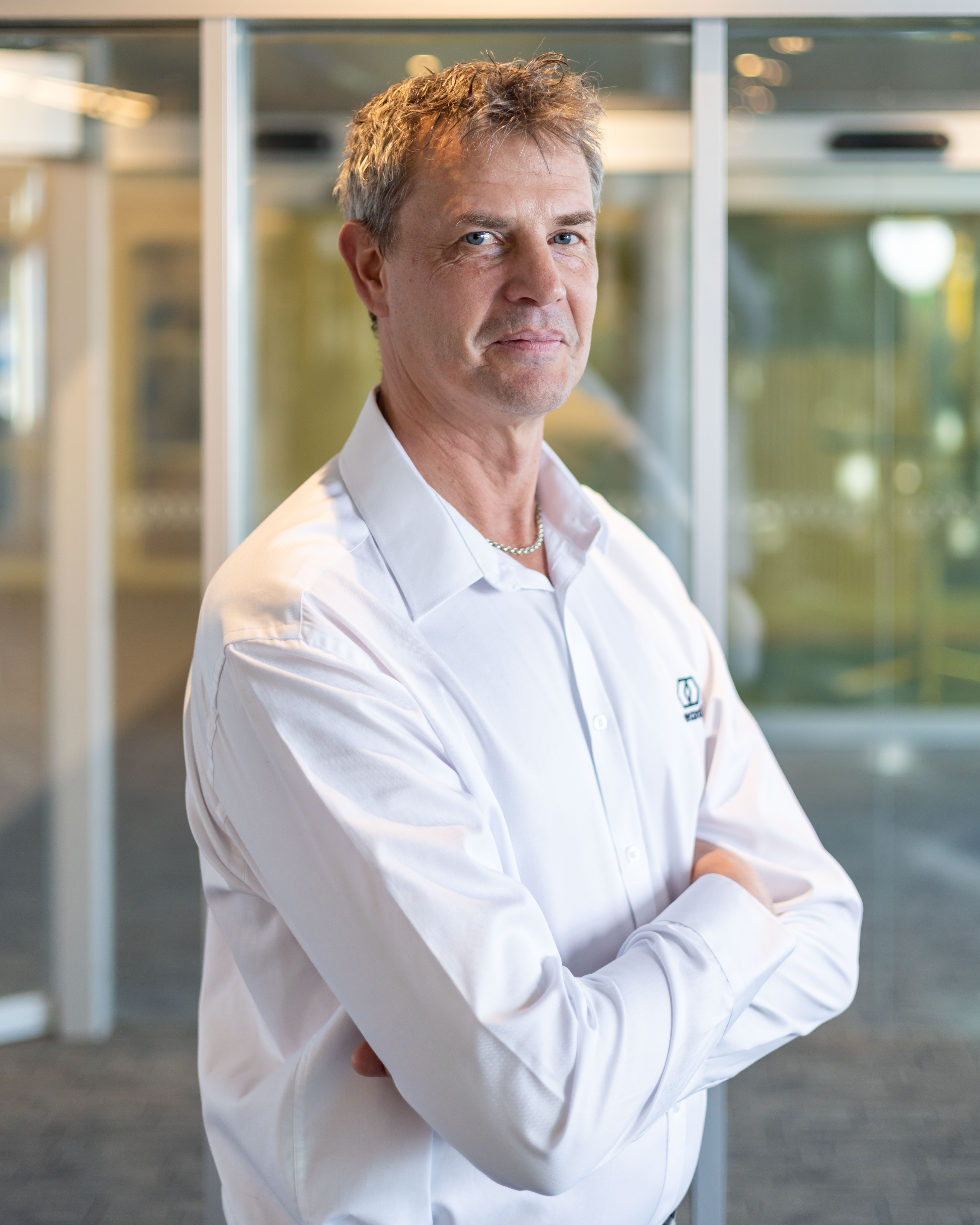Technology at Record
Samuel Hedinger joined Record after he graduated as an electronic engineer in 1993. Formerly Head of Electronics, he has been Head of Application Engineering since 2016, so there are few people with a better overview of how Record’s products and services have developed.

The last few years at Record have been eventful, to say the least, but the most exciting developments in the near future are likely to be technological rather than organizational. That’s the view of Samuel Hedinger, Head of Application Engineering, who believes that the new corporate structure will help the development of new ideas and products.
“We’re at a time when the STA 20 and DFA 127 have been on the market for a long time,” he says, “so it’s an exciting stage in the development process: there’s a lot of work going on around new products and new systems.
“Since the merger, there’s a lot more new people involved, especially in development. Because we have more people, we have more ideas and more opportunities to progress in interesting ways. I’ve seen some great prototypes and I’m really looking forward to the future.”
Breakthrough technologies, then and now
During his 30 years at Record, Samuel has seen the release of some of the group’s most enduring products. In terms of products and platforms, he sees the STA 20 as a significant breakthrough. “We`d used a CAN bus in the System 16 for internal communication for our control panel. We make both sensors and control units at Record, so when we developed the System 20, we realized that we could use the CAN bus to connect the sensors too. That meant we could have simpler wiring with prefabricated cables. Another advantage is that we could set the parameters and visualize the sensors with the configuration tool i-record. These developments were unique in the market, so they were real selling points.
“Plus, our sensors used radar to look into the door leaf area and prevent ghosting [when automatic doors open without a pedestrian approaching]. We had more microprocessor power, too, so it gave the customer more options – it was a breakthrough in many ways.” Another factor behind Record’s success has been its responsiveness and entrepreneurial spirit. Samuel feels that the group has always been quick to react to opportunities and market demands. “We’ve always kept up with new technologies. With IoT for example, we started pilot projects early and tried to crystallize the advantages it might have for automatic doors. Once we saw there was a market for this technology, we were ready to move. “It’s the same story with data utilization right now. We have pilot projects where control units gather data. Again, it’s about seeing the customer needs for these technologies. Which helps the products get ready to market quickly.”
Life at Record – 30 years and counting!
During Samuel’s early years at the company, Helmut Heinz Bunzl was a regular presence at Fehraltorf. “He was a true entrepreneur,” says Samuel, “but he was also an engineer. He had an affinity for technology and wanted to know everything, in detail, about the electronics and mechanics and everything else we were doing. His interest and his passion made a real impact.”
Although the organization has always been ambitious, it has always retained the values of a family-run company. Samuel experienced this first-hand, when he suffered a stroke in 2012. “After my stroke I was not able to speak,” he says, “and I had to learn how to talk again over the coming months. My superiors supported me through this difficult time, and created a new position for me in the development department, where I could continue to work at Record.
“Not everyone stays at Record for 30 years. However, there are many people here that I’ve worked alongside for many years, and we do things together like motorbiking, snowshoeing, or just having fun. I have had made some very good friends over the years, and it’s great that so many are still here.”



